In Dungeons of Dreadrock, tradition dictates that a boy must go to defeat the King of the Mountain, alone, and at this time your brother is the one chosen to take on the task. Being a woman, you aren’t allowed to do it yourself, or else it would anger the gods, but before long you start to worry and decide to take matters into your own hands. As you travel deeper into the depths, a conspiracy emerges itself, turning the whole ordeal gradually on its head. Does this game succeed in meeting expectations, or will it rot deep within the forgotten depths? Find out more below.

Dungeons of Dreadrock
Nintendo Switch
Developed by Christoph Minnameier
Published by Christoph Minnameier
Released: 12th May 2022
Digital copy provided by Christoph Minnameier
Dungeons of Dreadrock is an amalgamation of old-school dungeon crawling experiences blended with a top-down puzzle solving escapade. It seeks to strike a balance of familiarity for the older crowd and accessibility for those new to the genre. As an example, the detailed pixel art aims to not only provide that familiarity for the 16-bit days, but also be appealing to people who’ve played many recent indie titles who adopt similar styles.
Gameplay consists of grid-based dungeon crawling, where you navigate through maze-like rooms one by one, solving the puzzles to unlock the door to the next floor. It starts off fairly simple, getting you accustomed to the general flow of things, before gradually ramping up the complexity of the puzzles and introducing more mechanisms and traps to hinder your progress. Some puzzles are frustrating at first, until you finally find the solution and have that “aha!” moment. There are even a few really clever puzzles that take place over multiple floors, exceeding your expectations.

Some puzzles may get a bit tricky, requiring some out of the box solutions. Thankfully, the game is equipped with a hint system that you can set to trigger after a time period of your choosing. By default it’s set to five minutes, so you shouldn’t be screwing around for too long before the game gives you a hand. These can also be turned off outright if you want to solve the game for yourself. I appreciate this level of accessibility, as it grants the player to choose just how forgiving the game can be in regards to doling out clues.
Combat revolves around directing yourself towards a foe and moving in that direction to strike. You will often have to also move out of the way of incoming attacks and projectiles too, meaning you can’t just throw yourself in with reckless abandon. Much like the traps and puzzles, the game slowly introduces you to new enemy types before escalating the difficulty as you delve deeper into the dungeons.
The visuals strike a balance between pixel art reminiscent of Zelda games like The Minish Cap and structure akin to other dungeon crawlers with its grid layout. Crypt of the Necrodancer comes to mind, as a title you may have played that follows this structure. The sprites are all visually distinct from one another, making it immediately apparent what you’re dealing with, there’s no room for confusion and it makes for a very readable experience from a glance.

Overall, it’s a very approachable yet steadily deep experience that eases people into the depths gradually, yet still provides a decent challenge in the long run for people aiming to test their grey matter. Though it isn’t without its quirks, that being said. There’s no Pro Controller support at launch, for some reason, though Joy-Cons are still compatible. It’s due to come in an update (possibly even by the time you’re reading this review) but it seems odd that it wasn’t considered a priority for release.
There are also some weird oddities with the presentation, showing its mobile roots with an always present “touch screen” UI on either side of the screen. There doesn’t seem to be a way to disable this. The default menu controls also feel very weird, there were many times I was engaging with aspects of it by mistake, or outright closing it entirely. You can adjust your controls manually, but it feels odd for the default “accept” command to be on the B button (the same button position as Playstation’s Cross or Xbox’s A).

Lastly, I want to touch on the fact that the pricing of £8.99 on Switch is rather poor compared to the cheaper £2.89 on other platforms. You’ve heard of Switch Tax before, but this is taking it to new levels. While I certainly would not say the Switch price is not worth it, as this is a very well crafted game, but when cheaper alternatives exist it becomes a tougher sell. It’s hard to argue in favour of the Switch version when it’s easily playable on your phone or PC for a lower cost of entrance, by a large margin too.
All in all, Dungeons of Dreadrock is a fine game, certainly something to occupy your time between bigger releases without feeling like a quick and dirty affair. It’s only held back by some minor annoyances that don’t have a significant impact on the actual moment to moment gameplay, but the pricing is easily the biggest hurdle here.
Final rating – 3.5 out of 5
Dungeons of Dreadrock is available now for Nintendo Switch.
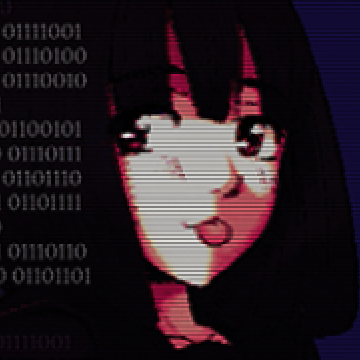
Long time fan of Nintendo and games in general, I always lean on the quirkier and unique sides of things in particular. It all started when I was lucky enough to get a Gameboy Color and Pokemon Yellow for my tenth birthday and it’s been going strong ever since. I’ve always had a need to get my voice heard and share anything I find interesting with the world.


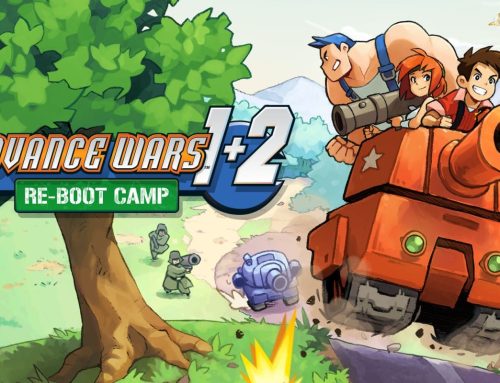
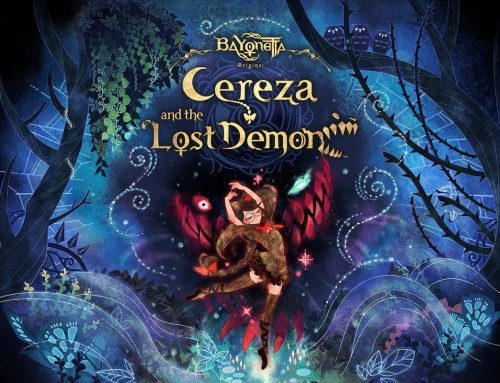
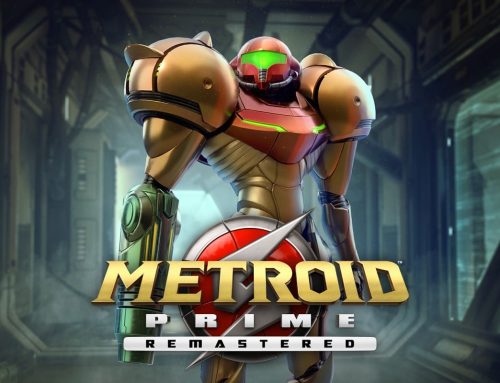
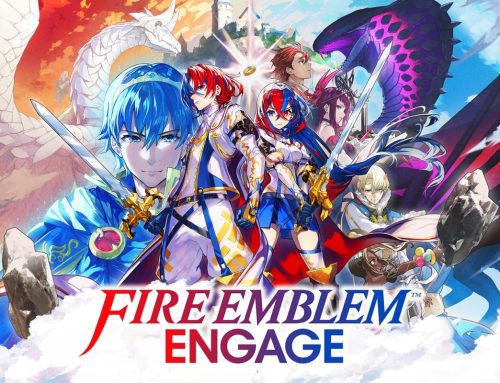
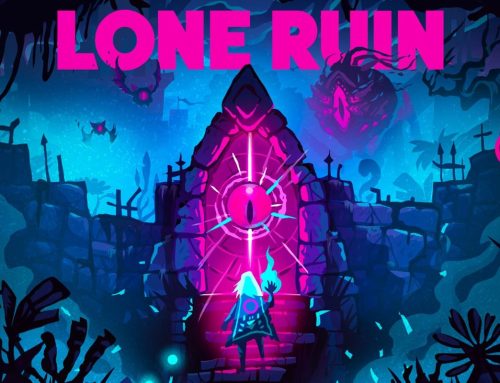

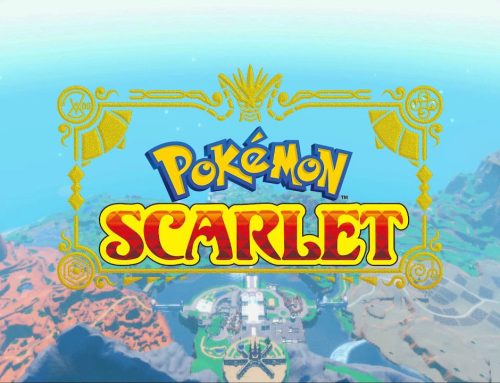
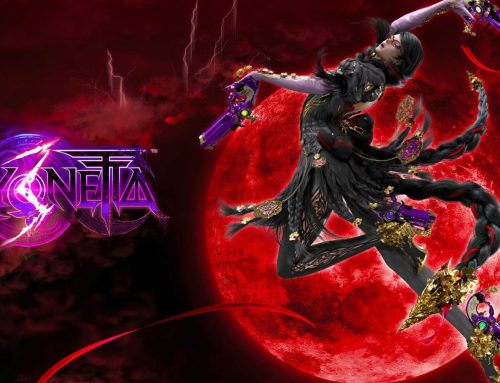
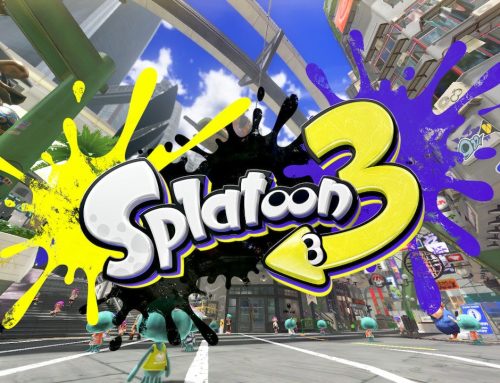
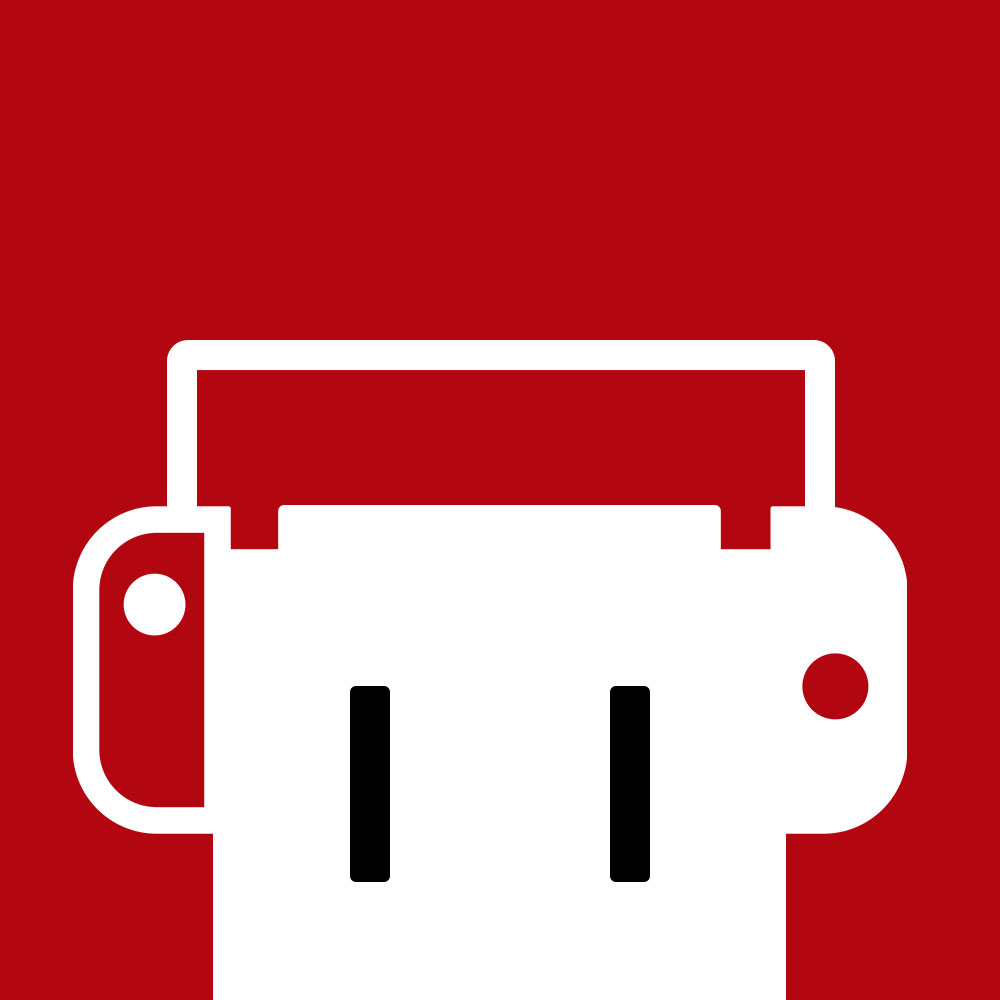
Leave A Comment
You must be logged in to post a comment.